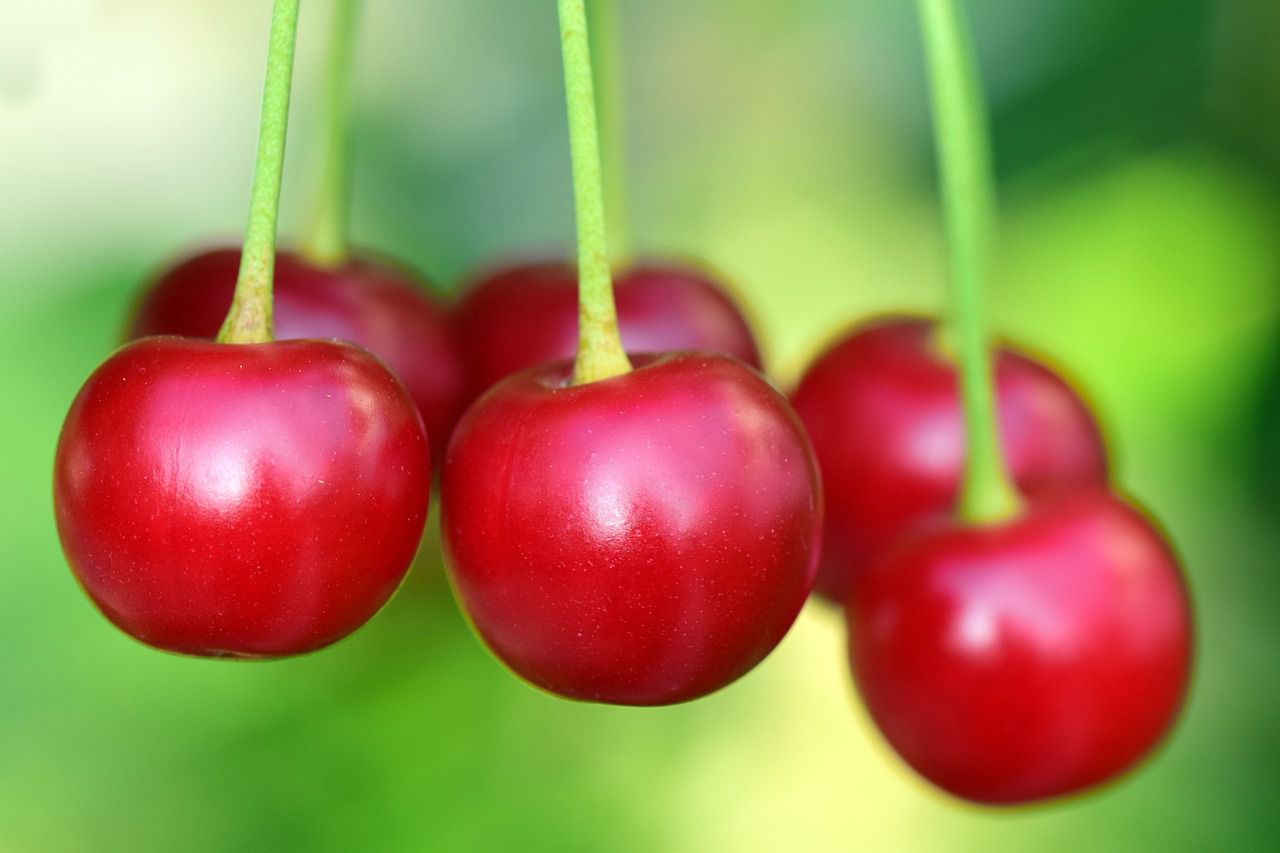Why cherries have maggots in them: How to get rid of these pests
Cherry fruit fly infestation can spoil your harvest, and it can also destroy trees nearby.
When you notice the first signs of infestation, you need to do something quickly, before other trees are also infected.
Let's find out why these pests appear.
Ripening Process
As cherries ripen and become sweeter, they become more attractive to fruit flies.
Environmental Conditions
Fruit flies thrive in warm and humid environments.

Lack of Pest Control
If appropriate pest control measures are not taken, such as the application of insecticides or the use of protective netting, the likelihood of infestation can increase.
Now, let's find out how you can cope with this problem.
Timely Harvesting
Harvest cherries when they are ripe and before they become overly soft or damaged.
Sanitation
Properly dispose of any fallen or damaged cherries, as they can serve as breeding grounds for fruit flies.
Protective Netting
Covering cherry trees with fine-mesh netting can physically prevent fruit flies from reaching the cherries and laying their eggs.
Insecticide Application
Insecticides labeled for fruit fly control can be applied following the instructions provided.
Integrated Pest Management (IPM)
Implementing an IPM approach can help manage pests effectively while minimizing the use of chemicals.
This approach combines various strategies, such as cultural practices, biological controls, and monitoring techniques, to manage pest populations.
